Healthcare is more technologically advanced than it’s ever been. Doctors conduct virtual visits from their computers. Robots assist with surgeries. Mobile apps keep patients informed and engaged.
And yet, while clinical quality is high, experiences don’t seem to be meeting patient expectations.
Patients feel rushed. Contacting the office is inconvenient. And the thought of filling out all that paperwork actually induces anxiety.
Things aren’t easy for healthcare front office staff, either. Employee shortages, limited budgets, and lack of system interoperability make it difficult to deliver timely service that’s also secure.
It doesn’t have to be this way. Common office tasks like patient onboarding, medical invoicing, and even healthcare marketing are easier with digital workflows that eliminate middlemen, speed up productivity, and make it easier to interact with patients.
We’ve put together this guide of seven real-life healthcare examples with step-by-step guidance and the products and templates you’ll need to get your office humming. Need proof? You’ll hear from top healthcare systems like the University of Tennessee Medical Center and Emory Healthcare about how Formstack saves time, money, and effort with automated healthcare workflows.
The Power of Healthcare Automation
Why does healthcare automation matter, anyway?
When you make your new or existing patients fill out lengthy paperwork, enter data they've most likely already provided, or wait for a response, you create negative experiences that impact patient retention.
But it’s not just patients. Providers and staff want digital-first experiences, too. In fact, our State of Digital Maturity report found that 72% of workers think inefficient processes negatively impact their job. When organizations lack digitization and automation, employees report higher levels of frustration, stress, and dissatisfaction. They end up devoting their time to mindless, repetitive tasks instead of more strategic, fulfilling, and impactful work. How much time exactly? An average of two hours per day, according to our research.
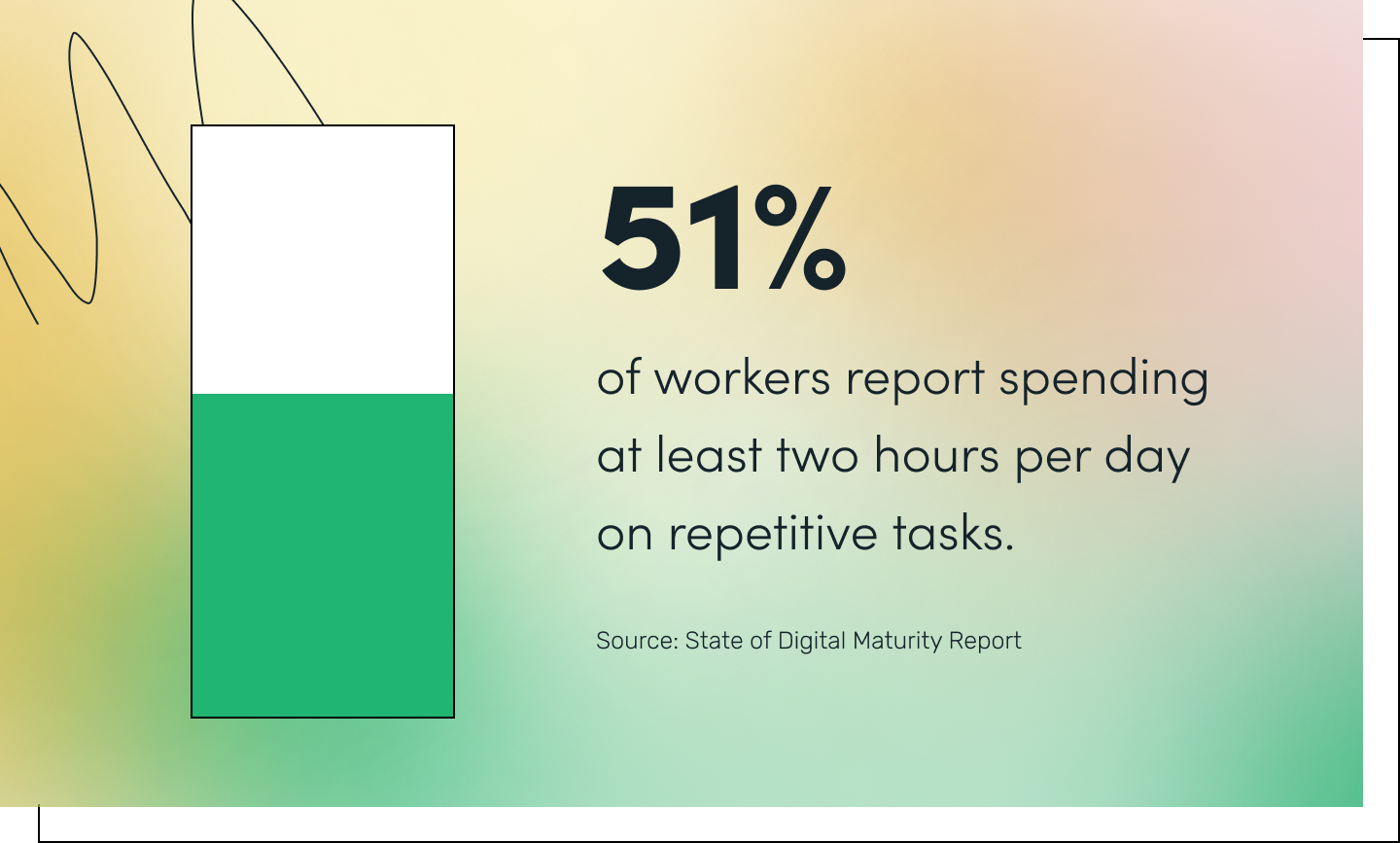
But the negative impacts of manual work don't stop there. Just one employee wasting two hours per day on inefficient tasks costs your organization costs your organization money year. The average hospital in the U.S. has nearly 1,000 employees, which means this can add up to more than $14.5 million. Is there room in your budget for that labor cost?
The best news is that automating your workflows doesn't require a massive budget, timeline, or IT team. All you need is the right technology and a bit of guidance. That's what this guide is here to provide.
How to Automate Workflows in Healthcare
The thing about automating workflows is it makes things easier for everyone—not just front office workers. Every team across your healthcare organization, from patient intake and billing to HR and facilities, can reap the benefits of automation. With a tool like Formstack, you can quickly build fully automated healthcare workflows that address the evolving needs of patients and staff.
The Formstack Suite empowers anyone at your organization to achieve more in less time. With digital forms, document generation, and eSignature collection in one place, you can build processes and automate busywork in one easy-to-use visual workflow builder.
- Easily capture data from new patients or employees.
- Customize and automate approval processes.
- Create professional documents using the data you’ve already collected.
- Sort, categorize, and store data for easy employee access.
- Collect signatures in a secure environment.
- Self-service with no-code workflows and drag-and-drop builders.
Not sure where your doctor’s office or hospital could use process automation? Here are the most common workflows healthcare organizations automate with Formstack, plus every product, feature, and template you’ll need to make it happen.
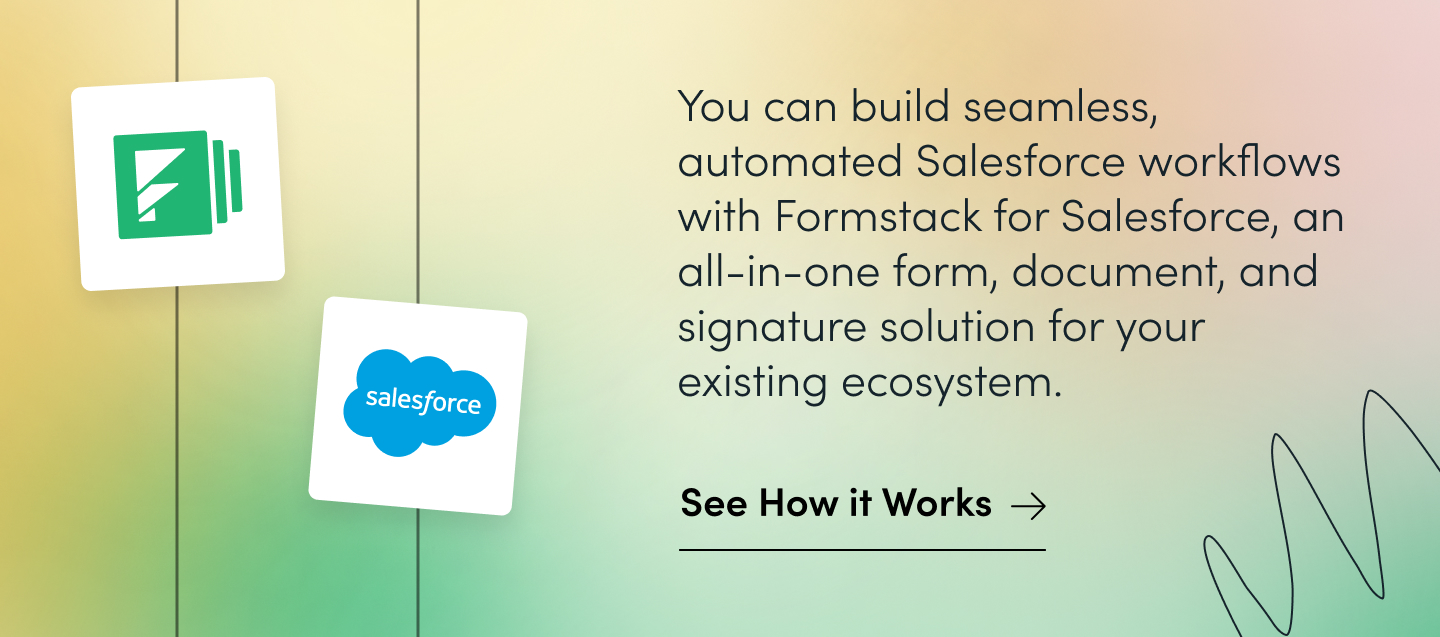
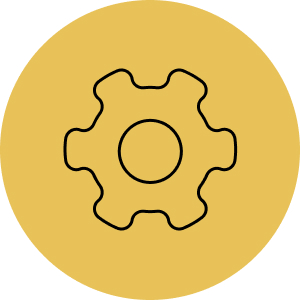
Workflow Tip: If you already use Salesforce to store your CRM data, you can use Formstack for Salesforce to build processes that seamlessly flow between both systems.
7 Examples of Workflow Automation in Healthcare
Customers in healthcare report saving 13 hours per week with Formstack products. What can you do with all that extra time? Focus on impactful work that improves not only your workday but the lives of thousands of patients and staff. Let’s get started.
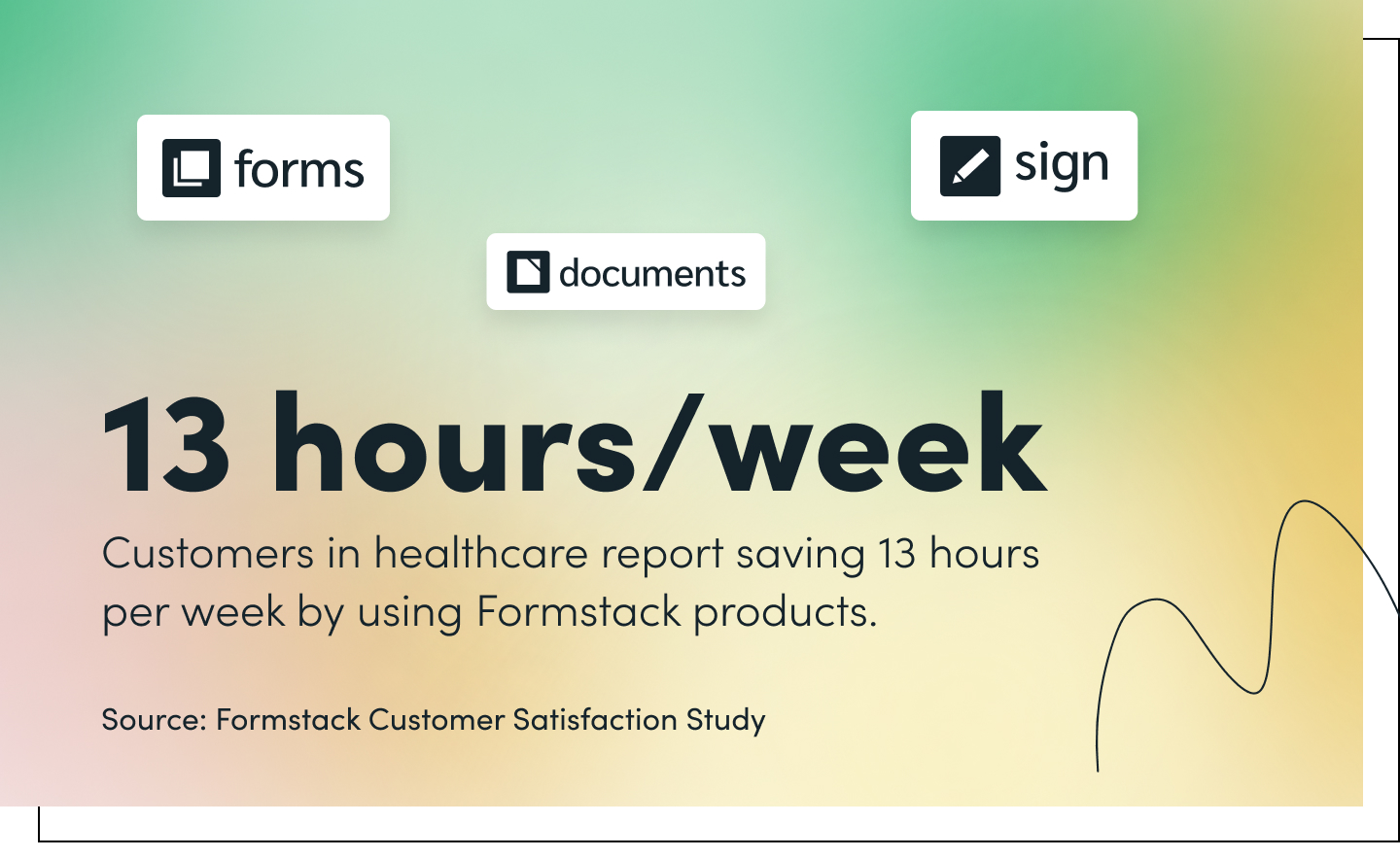
#1: In-Person & Telehealth Patient Onboarding
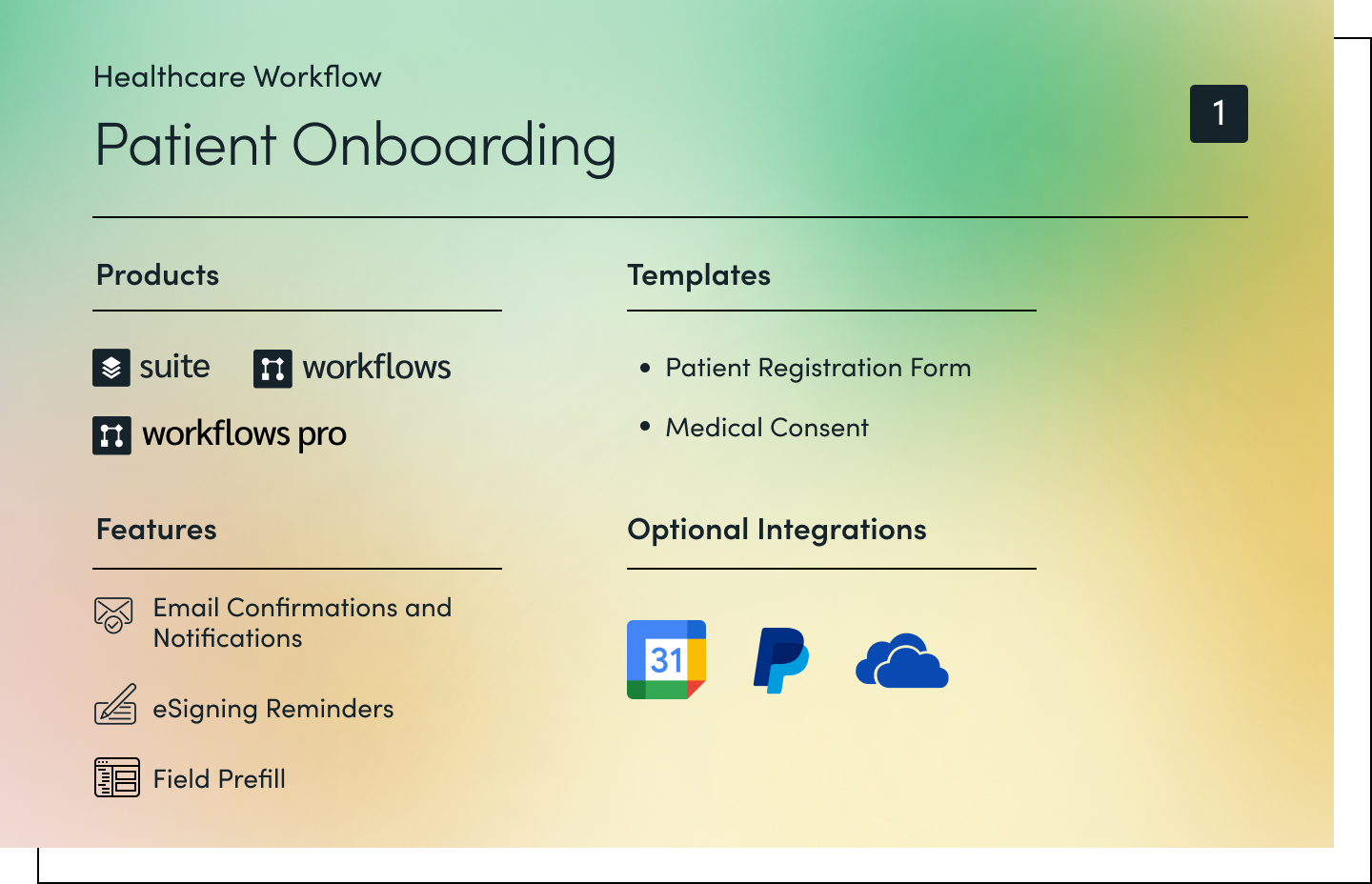
Your registration process is technically a “digital front door” between new patients and your organization. In other words, it’s their first impression. Whether you interact with patients in person or via a telehealth visit, making things smooth and convenient is key to retaining them. With Formstack, you can easily gather the medical history information you need, generate and collect signatures on consent documents, and automate appointment scheduling and communications.

Products: Formstack Suite
Features: Workflows Pro · Group Approvals · Form to Form Prefill
Templates: Patient Registration Form · Medical Consent
Optional Integrations: Google Calendar · PayPal · OneDrive


Workflow Tip: Have multiple documents for a patient to sign during the onboarding experience? Combine multiple documents from a single data source using data routing for increased efficiency.
Data routing: The ability to quickly generate multiple documents from a single data feed or combine files in Formstack Documents. For example, if you wanted to send a medical consent, insurance agreement, and privacy agreement all at the same time, you can populate them all from the initial form and send as a combined package for eSignature.
Step 1: Set Up Your Workflow
Our visual workflow builder has tons of automation features that can make your digital processes as seamless and efficient as possible. Using Formstack’s suite of products, you can create a workflow that suits your specific needs and deliver a frictionless customer experience while saving both you and your patients time.
Step 2: Patient Registration - Initial Data Intake
Onboarding new patients is no easy feat. There’s handwriting to decipher, information to enter, and signatures to store. Yet, streamlining initial data intake is one of the best ways to improve the patient experience and minimize wait times. With a digital patient registration form, you can add new patients to your database faster and more securely than ever. Set up your form in minutes with a drag-and-drop builder and design tools that make it easy to customize to your brand.
Step 3: Form-to-Form Prefill
Prefilling is as simple as mapping the data from your first form onto subsequent forms. This way, your patients never have to fill out the same information twice. Use the data collected in step 2 to prefill secondary forms or appointment slots through a connection with Google Calendar. Once a time slot has been claimed, the appointment will automatically be added to the calendars of staff members who need to attend.
Step 4: Administrative Approvals
Now that you’ve captured your patient data, use our group approvals feature to make sure your administrative tasks are organized and completed during the patient onboarding process. Make sure your approval step immediately follows the form, document, or sign step containing the field or information you want reviewed. Check or uncheck the box “Require all assignees to approve before workflow proceeds” depending on your needs.
Step 5: Medical Consent
Say goodbye to scanning and faxing your documents for signature. Populate documents to send to your patients for signature using the data from your patient intake forms, CRM, or EHR. Then, send the documents for signature via mobile or email.
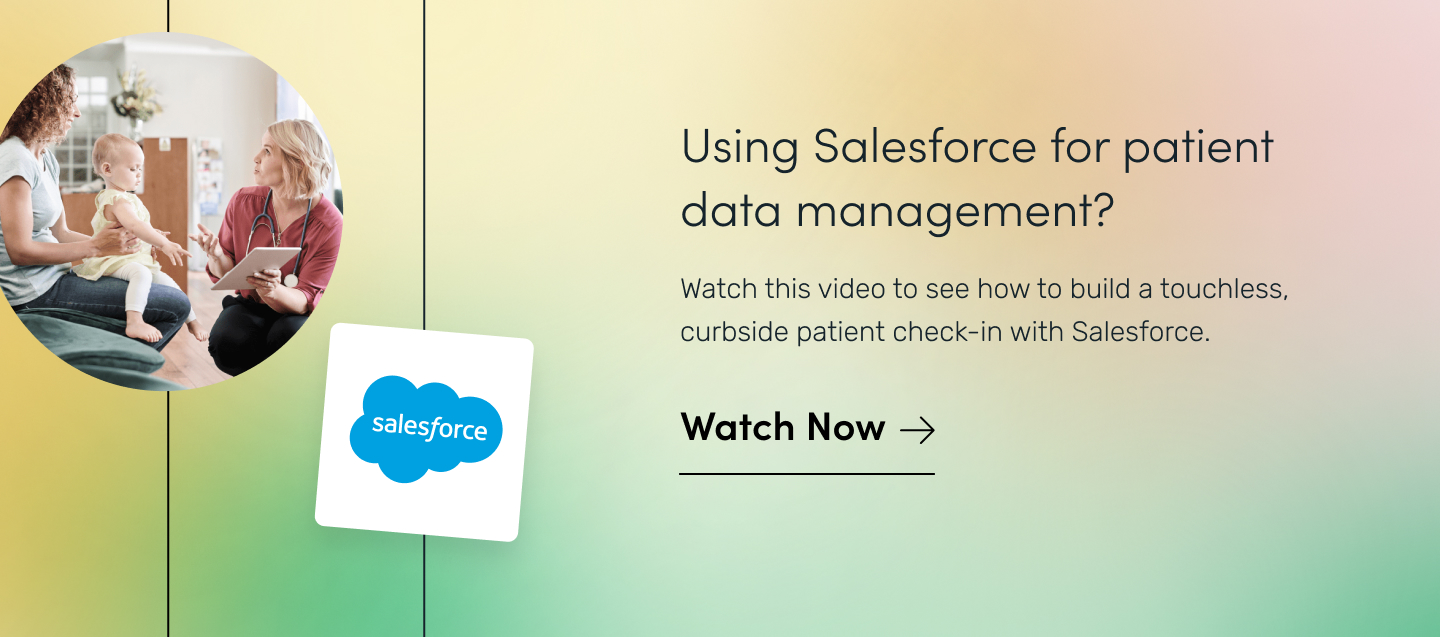
#2: Medical Invoicing

Medical invoices can be challenging enough for patients without adding complexity to the payment process. To make things easier on your patients and back office staff, you can securely accept online payments with branded forms and automatically generate receipts or thank you letters. Give patients a smoother, more convenient way to pay—and give your team time back by automating everything from invoice generation and payment collection to receipt generation and patient follow-up.

Products: Forms · Documents
Features: Secure Online Payments · Automatic Document Generation · Dynamic Document Content
Templates: Blank Invoice Template · Authorization for Automatic Payment Form · Receipt Template
Optional Integrations: PayPal · SharePoint · Salesforce
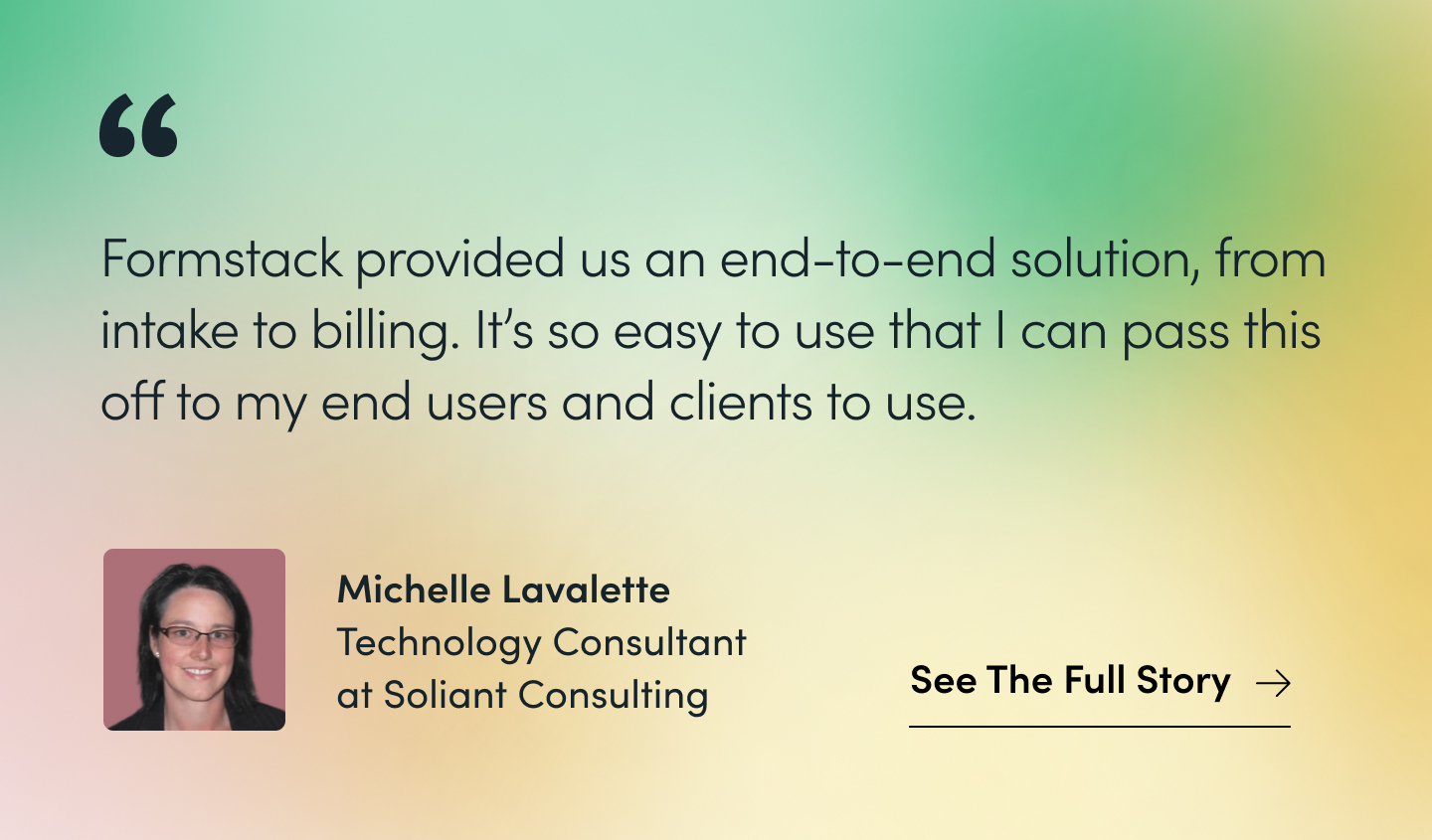
Step 1: Invoice Generation
When it's time to send out billing statements, simplify your workflow by generating documents that pull in the data already housed in your everyday systems like Salesforce. Start creating sleek, professional invoices without re-entering the same data like patient information, visit date, or insurance. Documents offers multiple delivery options so you can quickly share medical invoices and automatically save copies in your CRM or cloud-storage app.
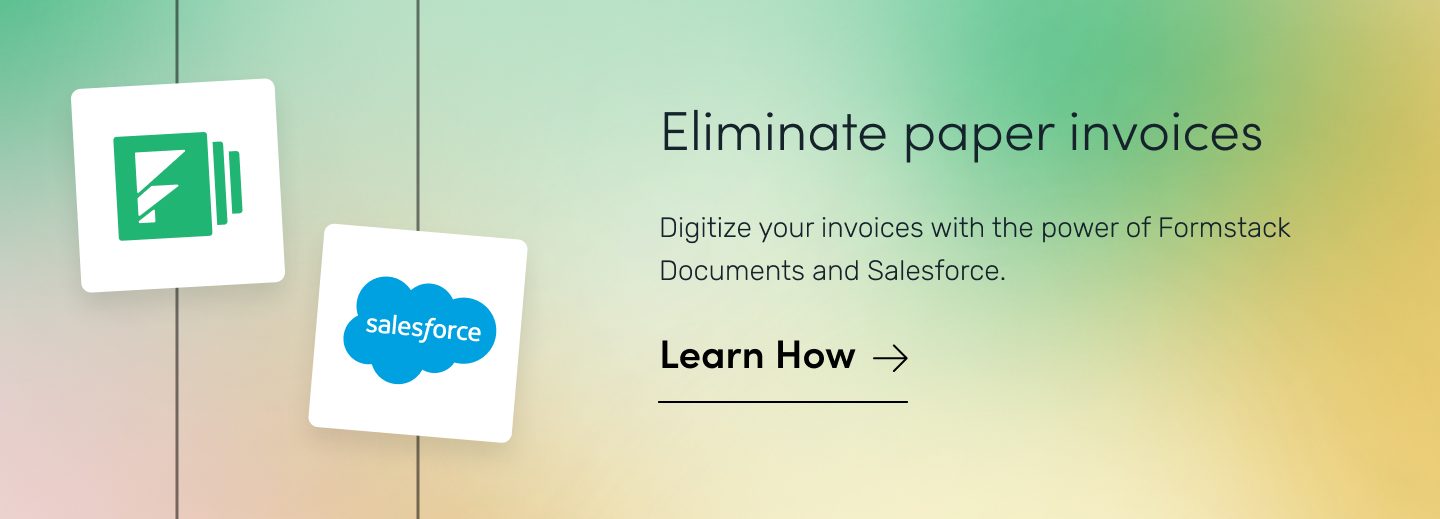
Step 2: Payment Collection and Receipt Delivery
Traditional invoicing and mail-in payments take money, employee resources, and paper that keep your employees from handling more complex issues. Instead, give patients a quick, easy, and secure way to submit payments through a mobile-friendly online payment form. Choose from a variety of payment options like Stripe, PayPal, or Authorize.net and integrate with forms that safely capture patient information. Create multiple versions of your standard payment form, or use Smart Lists to manage field options for different providers. After payment is submitted, patients receive a clear, concise, and personalized receipt straight to their inbox in minutes.
Step 3: Thank You Letter and Follow-Up
Adding personal touchpoints to your workflows is an easy way to boost engagement, ensure patients attend follow-up appointments, and ultimately improve healthcare outcomes. Automatically customize payment thank you letters using dynamic content pulled from the data on your payment submission form and send to patients after they’ve completed payment. You can even add links to your patient satisfaction survey to encourage more responses. Then, seamlessly send these patient communications to external storage or your CRM for accurate record-keeping.

Workflow Tip: Are your patients struggling to remember important details after their visit? Add conditional logic to your documents to remind them of upcoming appointments or care instructions.
#3: Patient Referrals

Referrals are an essential part of the patient journey. Yet, many referral systems are notoriously inefficient because they use paper-based processes and antiquated tools like fax machines that block proper communication and leave patients in limbo.
This is bad news if you're a healthcare facility that relies heavily on referrals. Many offices do since most insurance companies require referrals for specialist treatment to ensure it is accurate and necessary. Luckily, you can streamline the patient referral process for primary care physicians. This workflow can help you simplify patient referrals and track data in ways you'd never be able to with paper.

Products: Forms · Documents · Sign
Features: Conditional Logic · Dynamic Document Content · Mobile Signing
Templates: Doctor Referral Form · Patient Referral Form · Home Health Referral · Long-Term Care Referral
Optional Integrations: Airtable · Excel · Dropbox
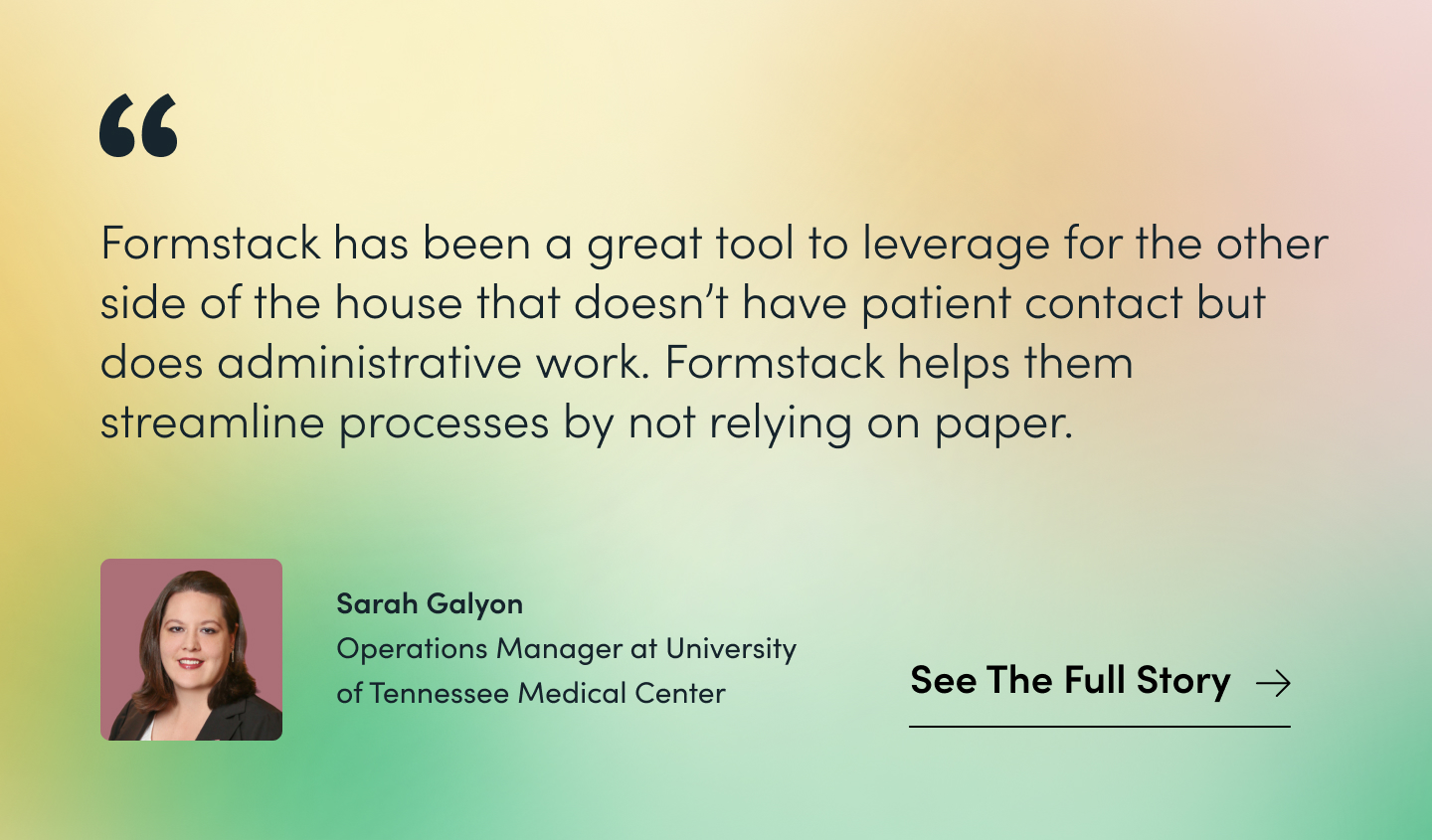
Step 1: Patient Data Collection
With a patient referral form, you can quickly collect the information you need to refer patients to other specialists. Customize the form with Conditional Logic to meet the needs of different patients. For example, if you’re referring a patient to a cancer specialist, you can set your form to dynamically ask for the patient's family history of cancer. If you refer to multiple doctors within specialties, you can include each doctor as an option and prefill the form with their information to avoid wasting time on manual data entry.
Step 2: Form-to-Form Prefill + Step Logic
Gone are the days of faxing and scanning. Now you can collaborate directly with referred physicians using form-to-form prefill in workflows. Once the patient has completed their history, route the information to the referred specialist using step logic. Have the physician fill out additional information and collaborate, or revert the form back to the patient to schedule their appointment. Collaborate with doctors you’re referring to using digital workflows to put the patient experience at the forefront and keep patient information secure in a single location.
Step 3: Medical File Uploads
With a patient referral form, you can upload and share medical files like X-rays or test results safely and securely. Using one form to transmit all the patient information will save time, minimize errors, and house important data in one place. Uploading charts and medical history to a referral form is especially helpful if you refer patients to highly specialized doctors or handle complex cases. From genetic tests and lab results to clinical notes and general medical records, all uploaded files can be shared quickly and securely.
Step 4: Referral Letter Automation
Quickly generate professional physician referral letters with the information you’ve already collected. Use Conditional Logic to show or hide different sections and quickly tailor a letter to the patient and the physician you're sending the referral to. You can also set up delivery workflows that route generated documents to different specialists and departments.

Workflow Tip: Add Formstack Sign to the mix to quickly collect signatures for referral documents through email or text.
#4: Patient Feedback

Feedback is an essential part of the patient journey. It can help you connect the dots between patient expectations and the experiences they actually have with your organization. But too many healthcare orgs use a poor feedback collection process that makes it difficult for patients to provide their input quickly and effectively. This easy patient feedback workflow can help you improve the patient experience and collect better feedback that you can use to optimize your processes.

Products: Forms
Features: Portals · Partial Submissions · Mobile-Friendly Forms · Field Prefill
Templates: Patient Satisfaction Survey
Optional Integrations: Google Sheets · OneDrive · Salesforce
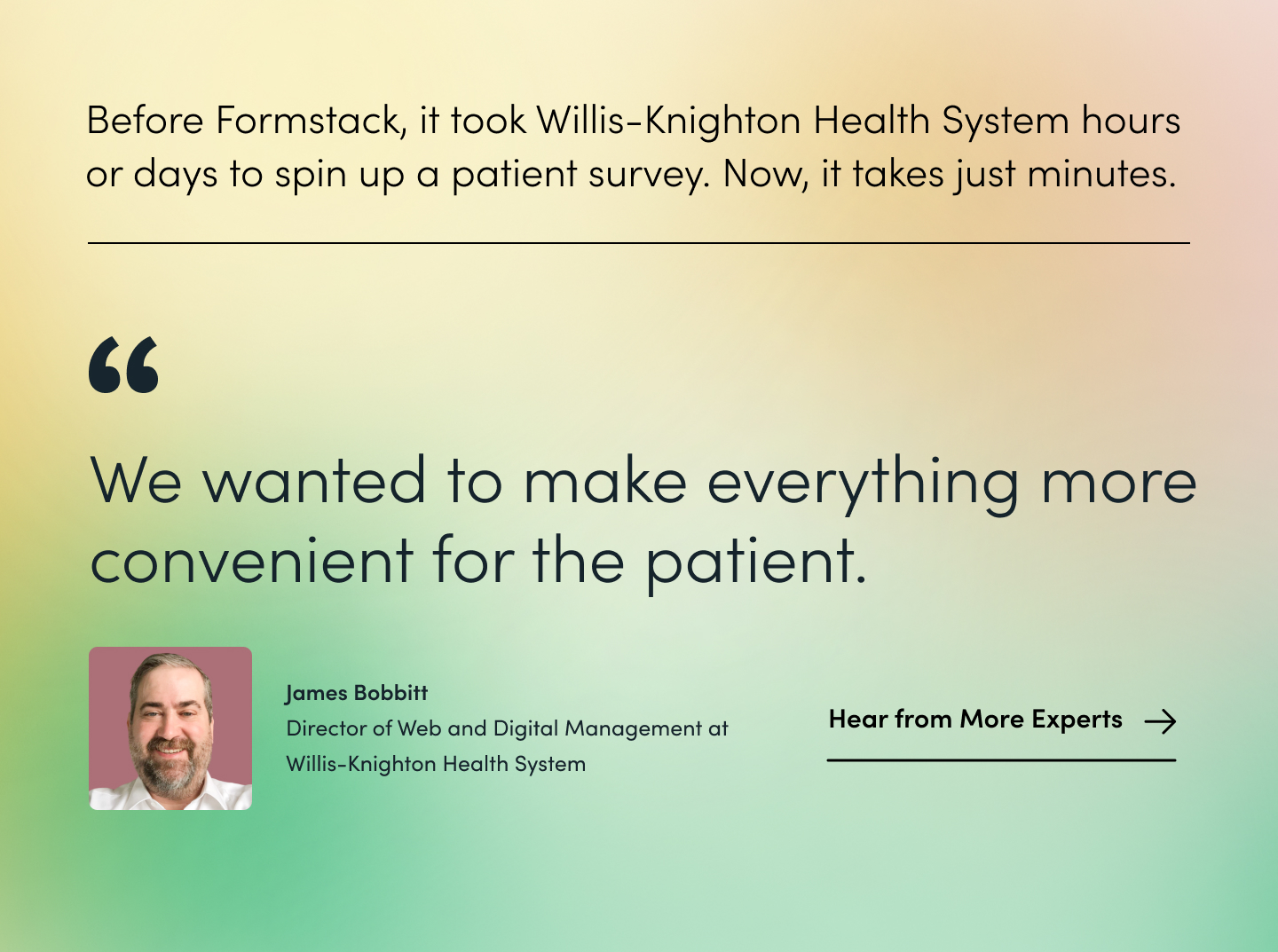
Step 1: Patient Feedback Collection
Easily create mobile-optimized surveys that patients can complete from any device. Collect feedback on everything from treatment outcomes to facility satisfaction. With Saved Fields, you can make form building quicker and ensure all departments gather feedback in a consistent way. Want to improve response and submission rates? Use Field Prefill to auto-fill personal data like patient names and emails.
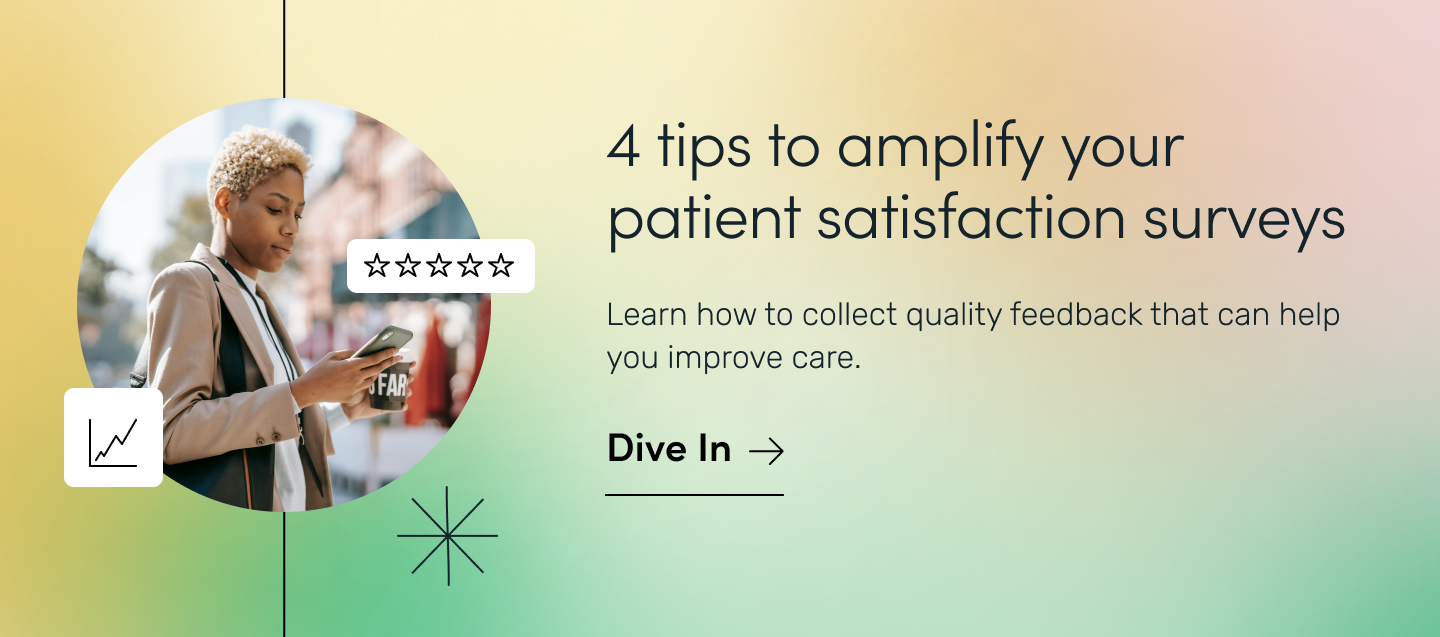
Step 2: Response Gathering and Review
Streamline the patient feedback process even further with Portals, accessible hubs for your forms where you can share individual or multiple forms with designated people inside or outside your organization. Patients don’t even need a Formstack account!
Set form due dates, automate email reminders, and track form completions for all patients—in one location. Each of your departments can have their own Portal. After you build your Portal, you can “set it and forget it.” Formstack will take care of sending patients emails and reminders as deadlines approach.

Workflow Tip: You can quickly add patients to a Portal by bulk uploading names and emails with a CSV file.
Step 3: Data Sharing and Storage
Whether you collected patient feedback yesterday or five years ago, you can access it all in one location. Once you have it, use Data Routing to automatically send survey data to department heads and other staff for review. You can also analyze the data on the back end by exporting to Excel or integrating with tools like Google Sheets for further analysis. Use Advanced PDFs to create official feedback records for uploading into cloud storage, or integrate your forms with a variety of tools to send data wherever you need it to go.
#5: Healthcare Marketing

How do you capture potential patients when their interest in your office is based on their arbitrary need for medical care? Showcase what you can offer. Healthcare marketing done right can help with patient acquisition by generating interest before patients are in dire need. One way to do this is by offering a health or pain assessment on your website. People want quick and easy answers when they’re searching for health information online. An assessment allows them to take inventory of all their symptoms. Plus, it acts as a conversation starter or informal introduction to your hospital or practice.
After the assessment is complete, you will have valuable data to engage them further or continue to improve your marketing and services. Here’s a look at how you can set up an easy pain assessment workflow.

Products: Forms
Features: Mobile-Friendly Forms · Conversion Kit · Email Confirmations · Analytics
Templates: Patient Pain Assessment
Optional Integrations: Google Analytics · Salesforce

Step 1: Form Optimization
To ensure your campaign is successful, you need to optimize your assessment form for maximum conversions. Enhance your assessment template by pairing it with the Conversion Kit, which optimizes your forms with features that track campaigns, test form elements, and identify which fields cause friction. Tools like Field Bottlenecks can help you identify problem areas and discover opportunities for improvement.
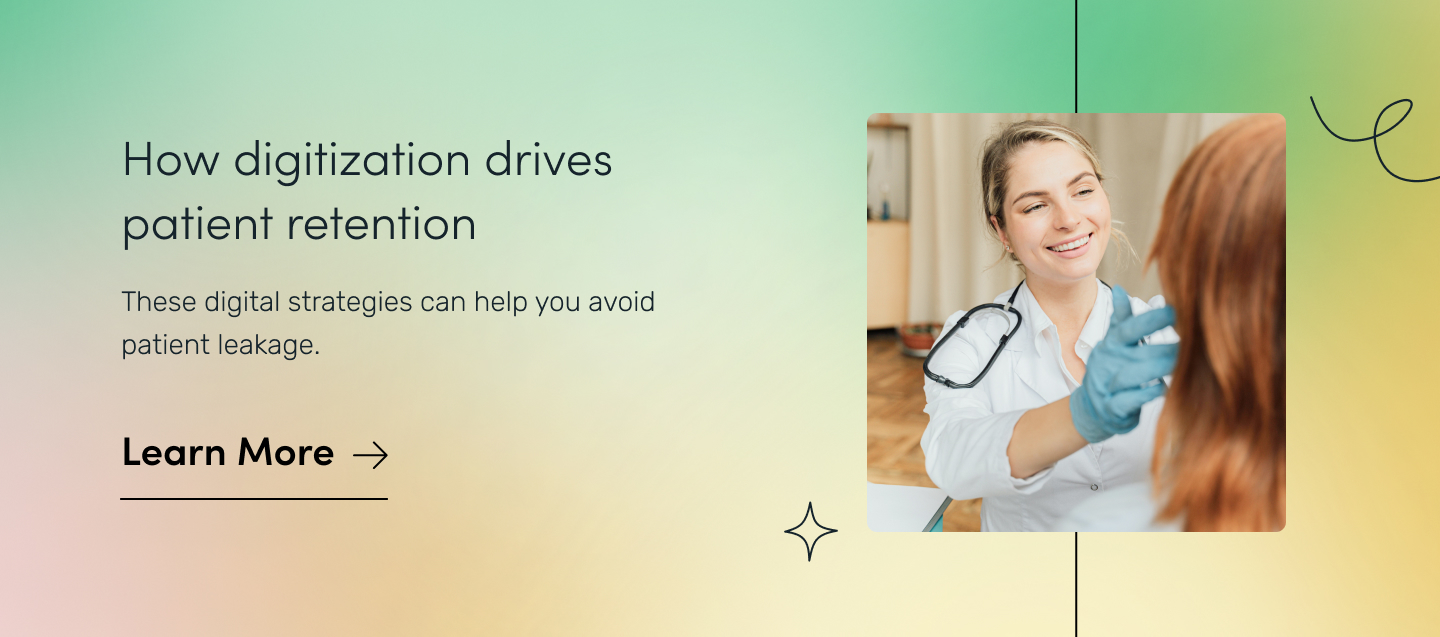
Step 2: Communication
Provide custom responses to prospective patients based on the information they’ve entered by setting up personalized notification emails. For example, if a user’s answers indicate a high level of pain, prompt them to contact the clinic for an in-person evaluation. Or, build in a calendar widget so the patient can book themselves directly. It even helps conditionally route patients based on medical urgency. The more customized the answers, the more helpful the visitor will find the tool—and the more likely they’ll be to engage with your office.
Step 3: Data Analysis
After you’ve received a few responses, it’s time to do some data analysis. Easily unlock key insights like unique views, conversion rate, and abandonment rate with an analytics dashboard for your form.You can also include your data in custom visual reports and graphs that can be shared with other team members. Want even more data insights? Connect your form to Google Analytics for deeper analysis.

Workflow Tip: You can further streamline your marketing efforts by sending assessment data to Salesforce and automating the creation of new leads.
#6: Inventory Requests

Medical supplies require careful management, but it can be difficult to monitor inventory and product movement if you don't have strong systems in place. Now you can streamline medical inventory management with a digital workflow for supply requests. Here's an example of a process that can eliminate manual data entry and help your staff better track its supply needs.

Products: Suite · Workflows
Features: Smart Lists · Group Approvals · Advanced Data Routing · Mobile Signing
Templates: Purchase Requisition Form
Optional Integrations: Excel · Dropbox

Step 1: Request Collection
Kick off your workflow with a mobile-friendly inventory request form. Staff can use this form to quickly make medical supply requests for their departments. Add fields that request more information on the needed items, including product codes or current quantities.

Workflow Tip: Need an easier way to manage long lists of medical supplies? Use Smart Lists to quickly update fields across multiple forms when supply lists change.
Step 2: Inventory Reviews
Once a request is submitted, route information on updated quantities to an Excel sheet or other document that tracks your healthcare organization’s inventory supply. This will help you better monitor changes and ensure supply numbers stay accurate. Need to update multiple documents at once? Use Advanced Data Routing to send submitted information to more than one file in just one click.
Step 3: Request Sign-Off
Then send updated lists to the appropriate managers as a PDF so they can quickly review and approve or deny a request. If approved, they can quickly provide their signature via email or text to keep the order moving as quickly as possible.
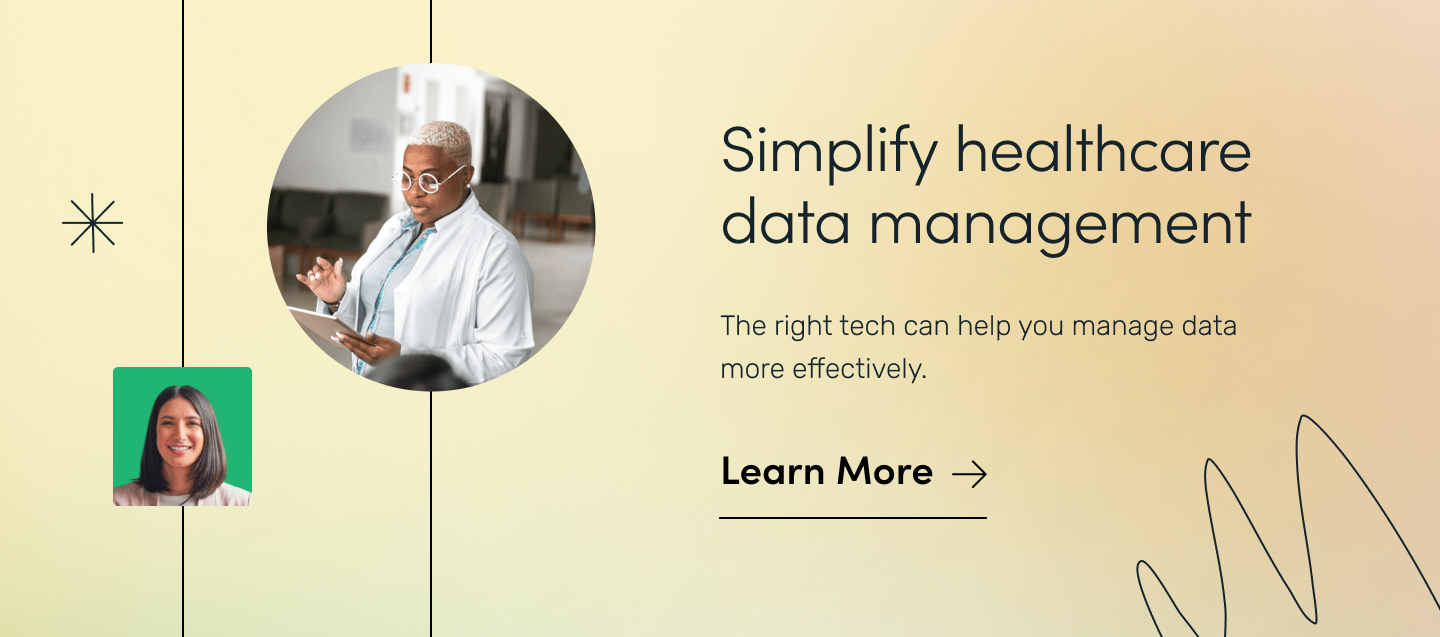
#7: Personalized Patient Experiences
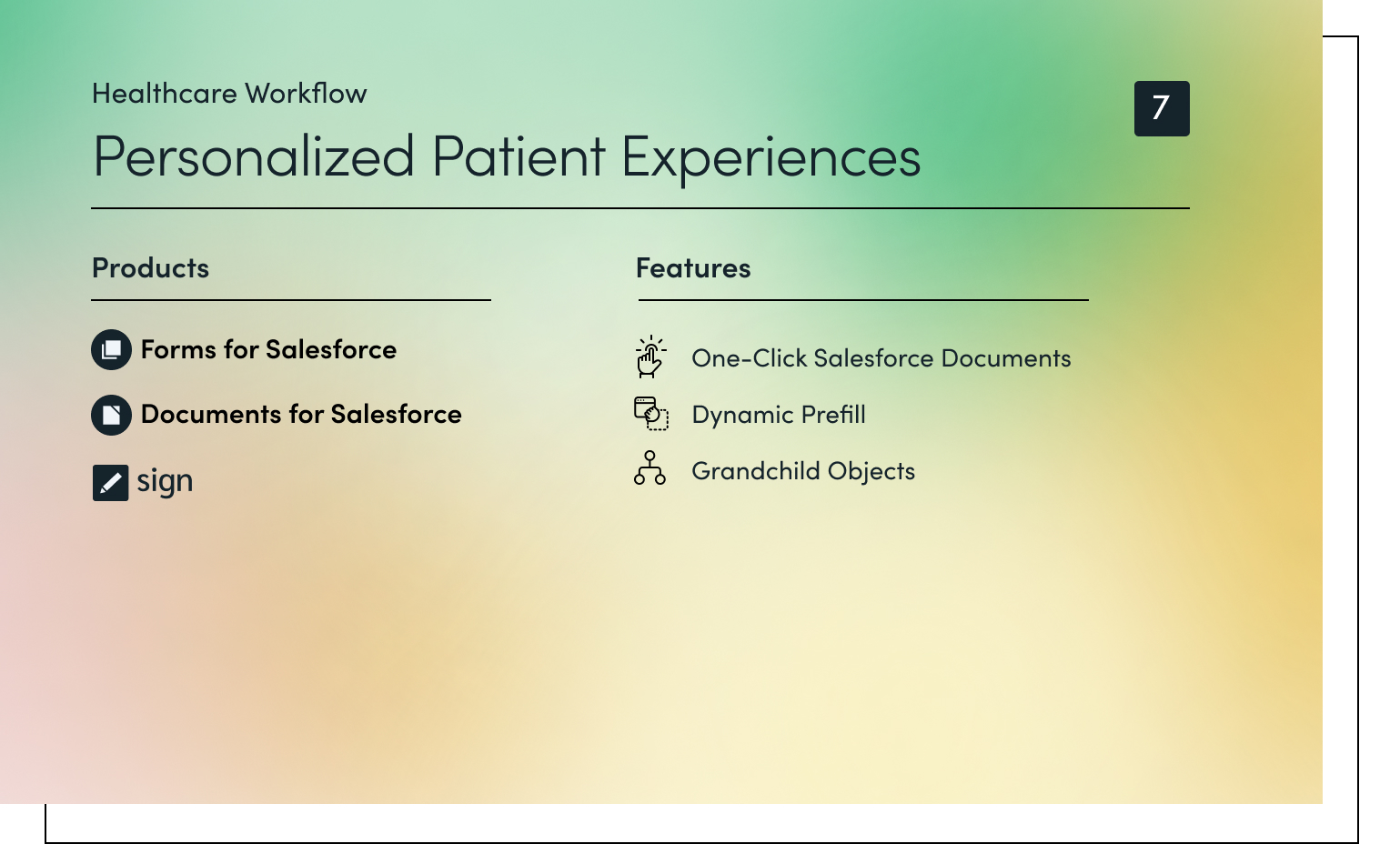
One major benefit of capturing patient data is you can use it to enhance their experiences, thereby increasing their engagement and loyalty to your organization. Sure, you can meet their expectations and preferences for communications, but you can also tailor care plans and the content you send them based on their age or health concerns. Here’s an example of how you could use a patient screening form in Salesforce to build a more custom experience.

Products: Forms for Salesforce · Documents for Salesforce · Sign
Features: One-Click Salesforce Documents · Dynamic Prefill · Grandchild Objects

Step 1: Form Creation
Quickly create your patient screening form in Salesforce via a drag-and-drop builder. Forms for Salesforce connects with Salesforce Health Cloud so you can build forms that align with your data model. If you have pre-existing information on a patient, you can simplify the form experience with Dynamic Prefill. This will prefill the form with the patient’s data so they don’t have to waste time filling out basic details over and over again.

Workflow Tip: Need to make your form a bit more advanced? Use grandchild objects to set up more advanced fields and relationships.
Step 2: Data Capture
Embed the screening form on your website or send out a prefilled link via email. The data you collect will be routed directly to Salesforce in real time so the patient’s record stays up-to-date. Use this information to tailor an appointment to the patient’s needs, or send them personalized care or program recommendations like women’s health screenings or diabetes awareness.
Step 3: Document Generation
Use the information from your screening form to generate custom healthcare documents, such as referrals or updated medical histories. Easily create these documents in Salesforce with the click of a button and deliver them to the patient or other departments. If you need to collect signatures, Formstack Sign can seamlessly deliver the documents via email or text for fast eSignature capture.

Start Automating Healthcare Workflows Now
Think digitization won’t work in your healthcare office? Think again. Use cases abound for making your staff more efficient and your patients more engaged. By automating workflows in healthcare, you can build repeatable, efficient systems that improve employee morale, meet patient expectations, and save your organization time and money.
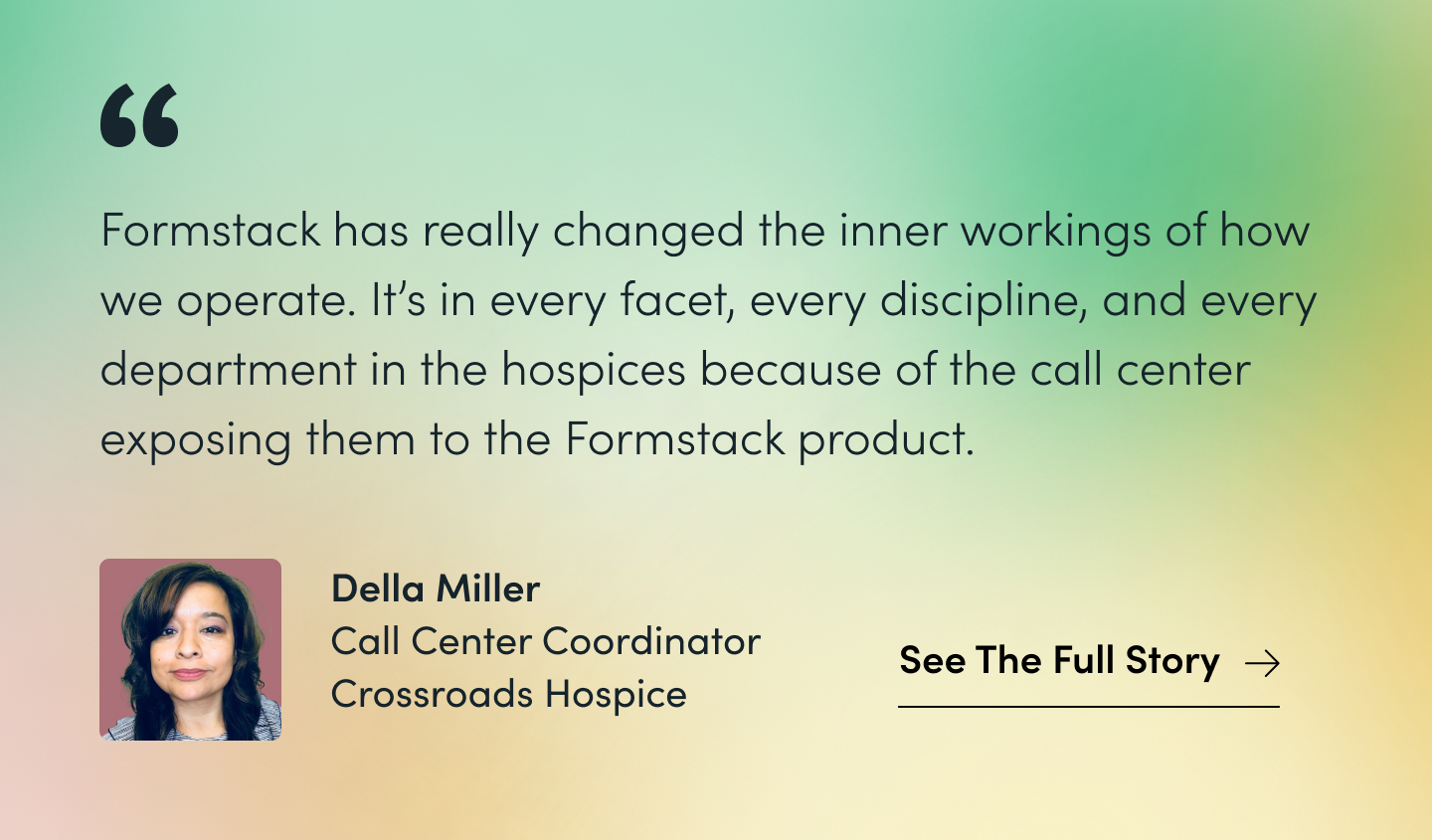
Ready to take your workflows to the next level? Our visual workflow builder makes it simple to create, test, and launch any process your organization may need. Get started now with a 14-day free trial or talk with one of our workflow consultants about how to accomplish your goals through workflow automation.










